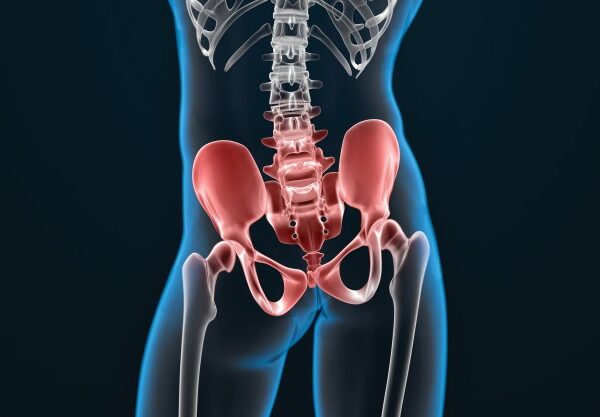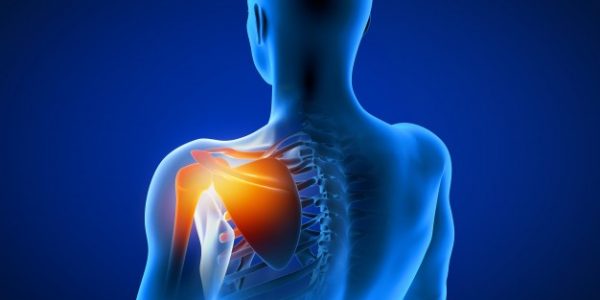Dr. Abhishek Shinde
Orthopaedic-Surgeon
Hip and Shoulder Surgeon in Aurangabad
Dr. Abhishek Shinde is the Experts for Hip and Shoulder Surgeons in Aurangabad. Dr. Abhishek Shinde is considered the best arthroscopic surgeon in Aurangabad for frozen shoulder and rotator cuff tears. He is a highly qualified and trained orthopedic surgeon with more than 12 years of experience in arthroscopic surgery. He specializes in elective orthopedic surgery such as ACL/PCL repair and arthroscopic procedures of all joints, including shoulder, knee, elbow, ankle, and hip.

The following complete hip replacement details can help you understand the procedure and implants better if you are considering hip surgery. During your everyday routine, your hips work hard, and hip arthritis or a hip injury will make it difficult for you to carry out regular tasks. When you are lying down or trying to sleep, whether your injury or arthritis is serious, you can start feeling pain.
Sometimes a Total Hip Replacement is the only option for reducing pain and restoring a normal activity level. If you and your doctor decide a total hip replacement is right for you, the following information will give you an understanding of what to expect. A total hip replacement involves cutting away the damaged bone of the hip joint and replacing it with a prosthesis. This “new joint” prevents the bones from rubbing together and makes a smooth hip joint.
Implant Components
Each prosthesis is composed of two major parts in the total hip replacement process. A metal shaft with a ball on the end is the femoral part and replaces the top of the femur. The acetabular component replaces the socket side of the joint and is made of a metal cup and plastic liner.
Why opt for surgery for Hip Replacement?
The sole solution is surgery because:
-Physiotherapy relief alone is less effective.
-IFT, etc. Ultrasound provides momentary relief.
-Massages and Ayurveda provide short-term relief.
-Maximum movement recovery.
Why opt for surgery for Hip Replacement?
You will be given medication to help you relax before you are taken to the operating room, and the anesthesiologist will speak to you about the medicines he will use. You will be put under full anesthesia in the operating room.
The surgeon will start by making an incision in your leg to allow access to the hip joint once you are’ under’. He’ll then expose the joint and position on the end of the femur, or thigh bone, a cutting jig or prototype. This jig helps the bone to be cut precisely by the surgeon so that the prosthesis matches exactly. The inside of the bone will be prepared after the femur is removed, so that it closely fits the shape of the femoral shaft that your surgeon has chosen. Then, with cutting tools, the cup part of the pelvis is prepared so that the metal cup matches precisely.
Now it’s time to put the prosthetics in order. The femoral prothesis starts with this. An acrylic cement called Polymethylmethacrylate (PMMA) can be used for fixation in some patients. For over 25 years, this cement has been used successfully by orthopedists.It is a strong material that the body well-tolerates and sets or heals within 15 minutes of mixing it. The cement is pressure-injected before healing and the implants are seated.
The implants can be affixed to the bones without cement for other patients. To prepare the bones specifically in order to make a press fit, special surgical instruments are used. Superficial screws or pegs are also used to complement this joining. The bone is a tissue that lives and develops. If an implant coated with metallic beads is put in very close contact with living bone to form a porous undersurface, tissues may develop into the pores, further locking the implant in place. For several years, porous-coated hip prostheses have been used and have shown impressive results in many patients.
Finally, the incision is closed, a drain is placed in, and the bandaging is added after surgery.
Shoulder Surgery in Aurangabad
Your shoulder is made up of three bones: upper arm bone (humerus), shoulder blade (scapula), and the collarbone (clavicle) making it a ball-and-socket joint. Shoulder replacement is a joint replacement surgery in which a prosthesis implant replaces all or part of the shoulder joint. This joint replacement surgery generally is conducted to relieve severe arthritis pain or fix severe physical joint damage. While replacement of the shoulder joint is less common in India compared to replacement of the knee or hip, it is just as effective in relieving joint pain. In shoulder replacement surgery, there are very few surgeons who are qualified.

Conditions under which you will require shoulder replacement surgery include – Osteoarthritis ( Degenerative Joint Disease ), Rheumatoid arthritis, Rotator Cuff Tear Arthropathy, Frozen Shoulder and Traumatic injury to shoulder joint. Osteoarthritis is a “wear and tear” form of arthritis linked to age. It typically happens in individuals 50 years of age and older, but can also occur in younger individuals. The cartilage which cushions the shoulder bones softens and wears away. The bones rub against each other then. The shoulder joint becomes tense and painful for a certain amount of time.
Shoulder replacement can also help patients suffering from Rheumatoid arthritis, a disorder in which the synovial membrane covering the joint becomes inflamed and thickened. In this case, due to the rotator cuff tear, the changes in the shoulder joint can lead to arthritis and the joint cartilage being damaged. You may also profit from Shoulder Arthroscopy in cases of rotator cuff injury. It should be remembered, however, that shoulder arthroscopy is a very specialized procedure and should be trusted by an arthroscopic surgeon with specialized training in shoulder arthroscopy.
